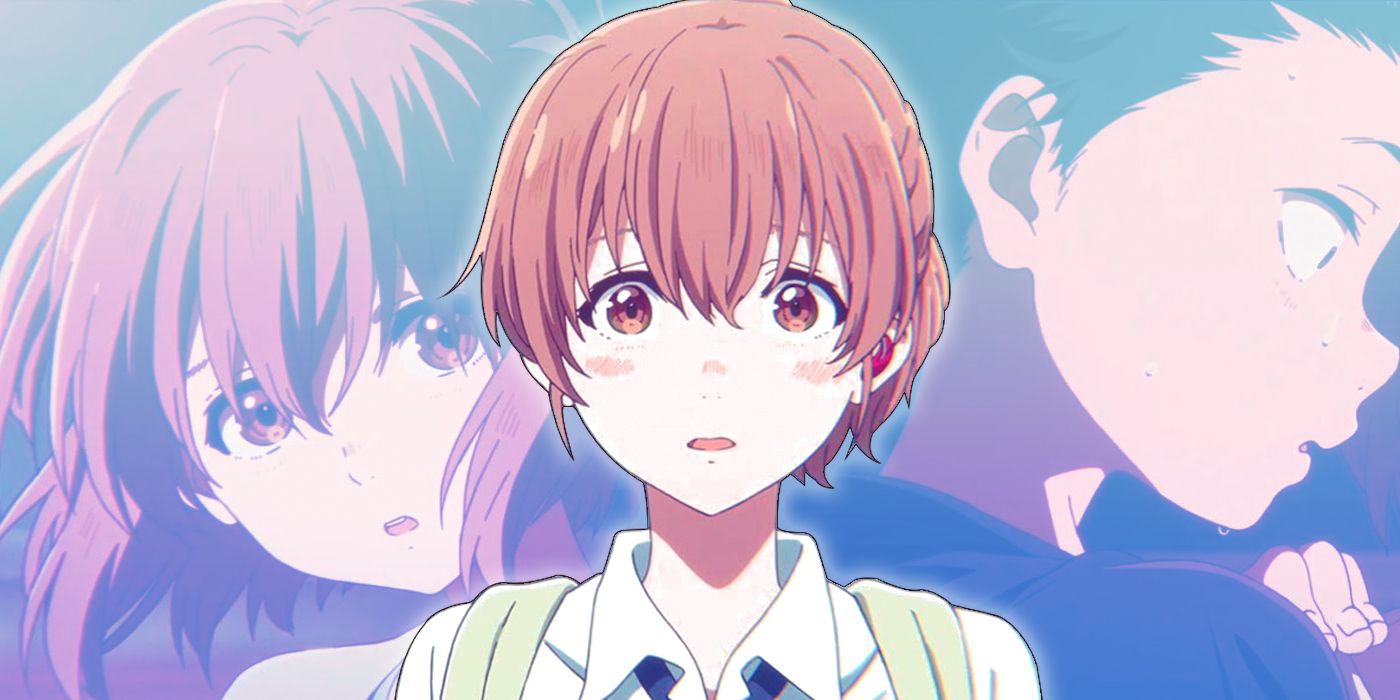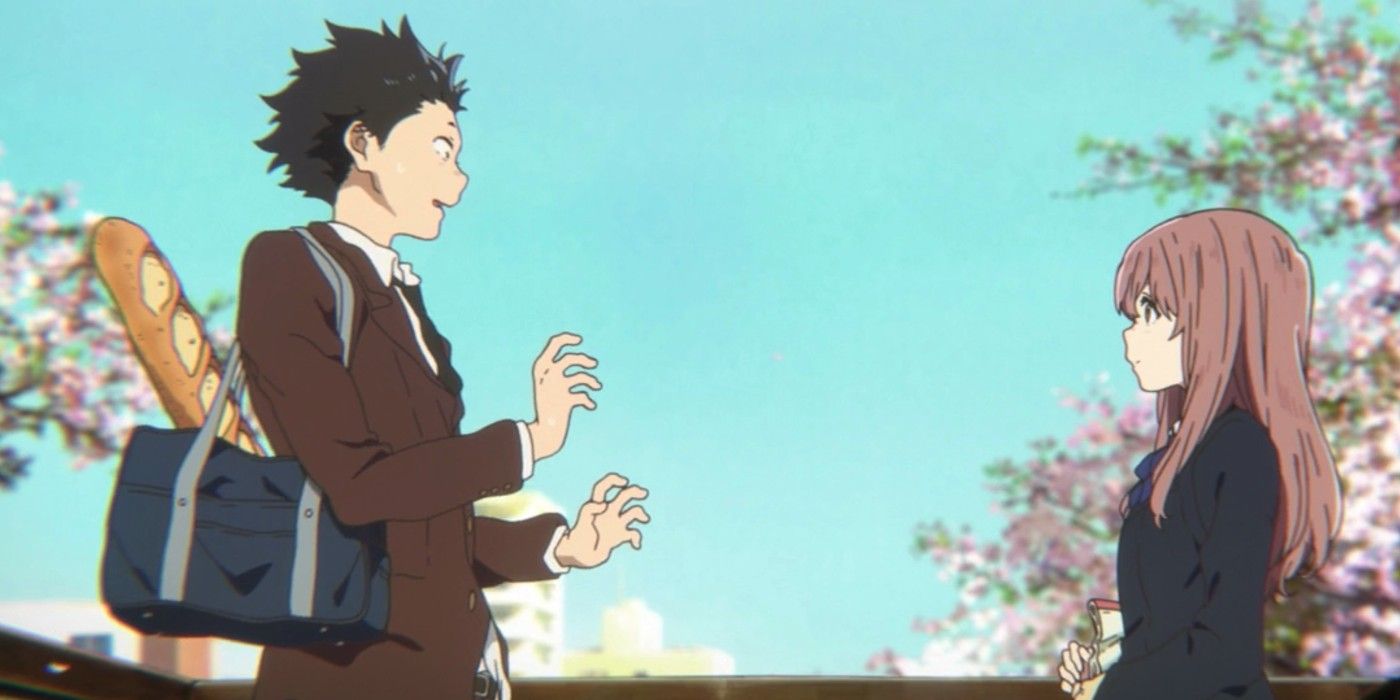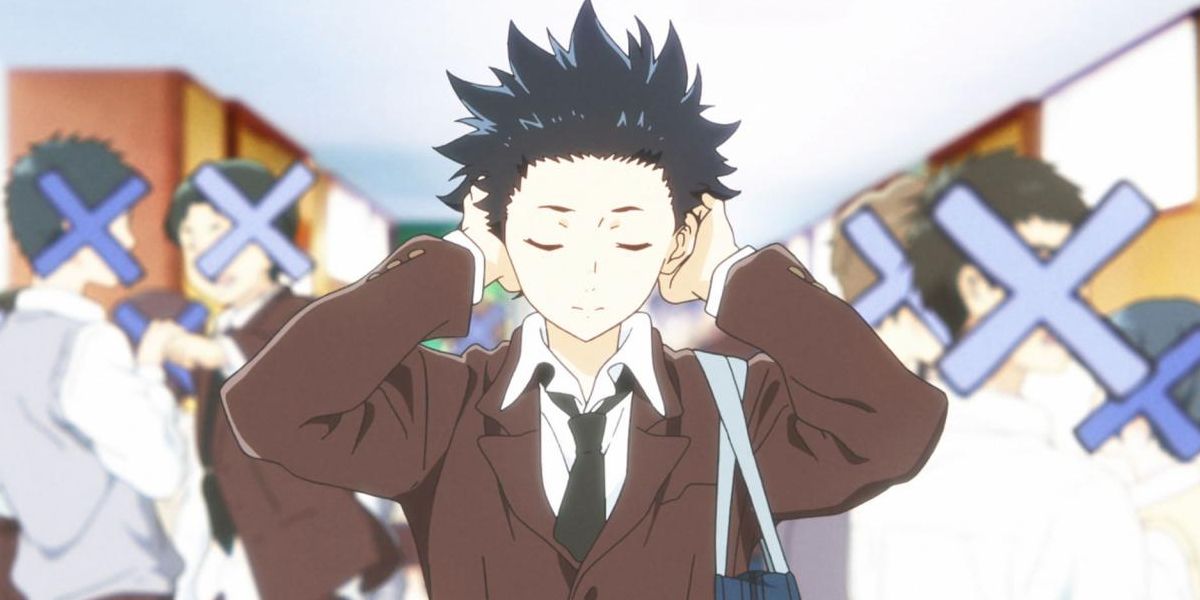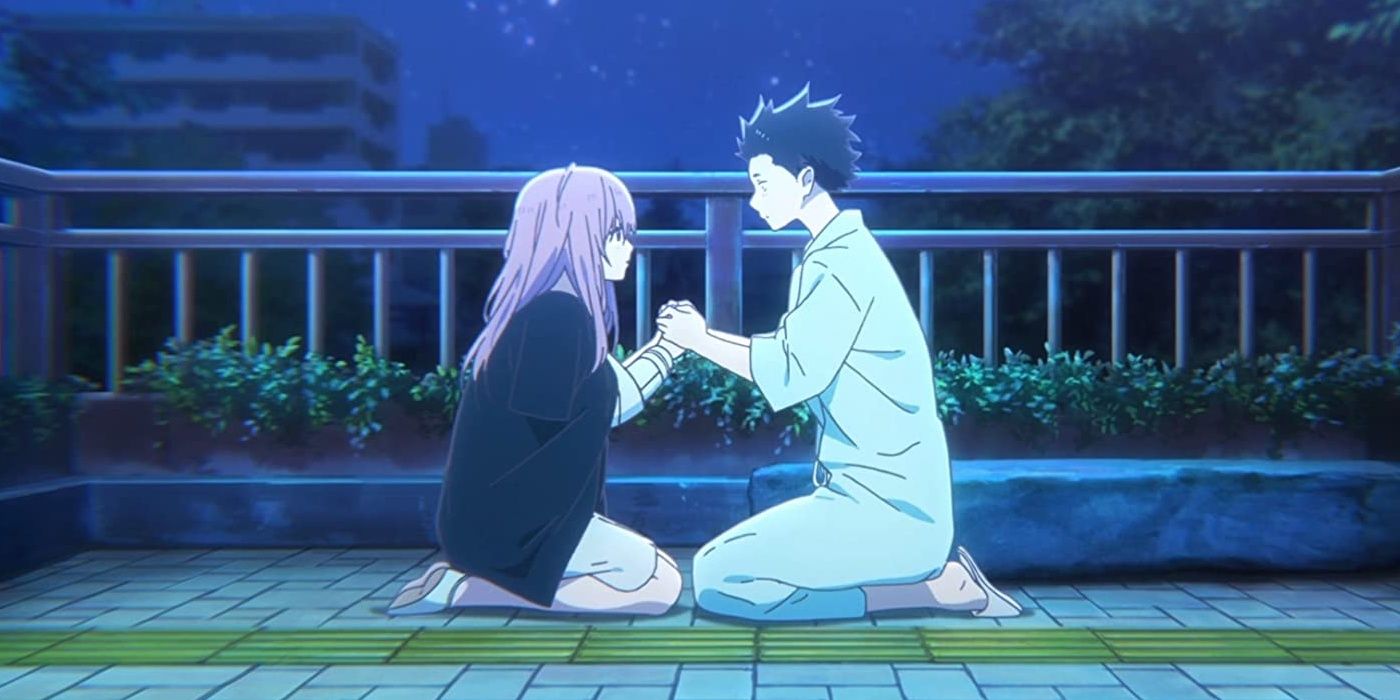A Silent Voice aka Koe no Katachi (The Shape of Voice) is a 2016 anime film adaptation of the manga series of the same name by Yoshitoki Oima of To Your Eternity fame. The story examines the impact of bullying from two perspectives: that of Shoko Nishimiya -- a deaf girl who is a victim of relentless bullying in childhood -- and Shoya Ishida, the boy who bullied Shoko as a child.
A big part of what makes A Silent Voice stand out as a film is that it examines its subject matter in a rather unconventional way. It does a lot more than set a former bully on a path toward redemption by reconciling with his former classmate; it also looks at some of the reasons bullying happens in the first place and how that impacts others who are caught in the crossfire. The film also scrutinizes the school system's failure to protect vulnerable children and prevent bullying.
Bullying Happens as a Form of Seeking Acceptance
One of the arguments A Silent Voice makes is that bullying happens as a form of seeking acceptance from others. This theme is more strongly explored with the character of Shoya Ishida, who -- as a child -- was quite popular with his classmates. As a sixth-grader, Shoya was social and outgoing, and had his own group of friends who nicknamed him "Sho-chan." All of that came quickly crashing down the day Shoko Nishimiya transferred to his class.
When Shoko first arrived at Shoya's school, she introduced herself with written messages in a notebook as opposed to actually speaking. She revealed in one of the written messages that she is deaf and that her classmates can communicate with her by writing in her notebook. None of the kids knew how to react to Shoko at first. As they got to know her, more sympathetic classmates like Miyoko Sahara chose to learn Japanese sign language (JSL) in order to communicate better. Other classmates like Naoka Ueno and Shoya's group of friends took to exploiting her disability for their own amusement.
Of all Shoko's bullies, Shoya was the most merciless, pulling her hearing aids out and tossing them out of windows, and at times even into the trash. For a while, this made him popular with his friends. However, one day, his bullying went too far, and his usual prank resulted in him seriously injuring one of Shoko's ears. This is the only time his actions resulted in disciplinary action by the school, which then led to his friends deserting him as a performative act of self-preservation. They also later became his bullies, which facilitated his social isolation.
Despite Shoya being a bully and Shoko being his victim, they were both driven by the same need as children: they wanted to be accepted by their classmates. The difference is that Shoya sought acceptance in an extremely maladaptive way, whereas Shoko tried to accommodate her classmates as best she could given the nature of her disability.
Bullying Gets Internalized as Self-Loathing
Bullying resulted in significant consequences for both Shoya and Shoko, who internalized their experiences in nearly the same way. They both thought of themselves as inherently unlikeable, albeit for different reasons. Shoko believed her disability made her unlikeable because it caused problems for other people, while Shoya believed his past as a bully made him a terrible person unworthy of love from others. They both learned to hate themselves as a result.
The internalization of self-hatred paved the road for adolescent depression and social anxiety in both Shoya and Shoko. For Shoya, this manifested in him not being able to look people in the eye and withdrawing from social situations. By the time he was a third-year high school student, he was already planning his suicide by selling all his possessions, paying back money owed to his mother, and making amends with people he hurt in the past, including Shoko. Once he had tied up every loose end, he was prepared to end his own life.
In Shoko's case, her depression and social anxiety came in the form of constantly apologizing to her abusers for their abuse of her and withdrawing from social situations. She too attempted to end her own life, rationalizing that if she disappeared from the world, she would stop being a burden to others.
Accountability Is The First Step Toward Emotional Healing
After A Silent Voice examines the repercussions of bullying on both Shoya and Shoko, the rest of the film explores their healing process. For both protagonists, reconciling proved to be an important part of their emotional healing.
For Shoya, reconciling with Shoko gave him the opportunity to meaningfully confront his past by befriending her and treating her with more respect. This entailed getting to know her better and learning how to be a part of her life in a way that was enriching for both. He learned sign language to be able to communicate with her better, and more importantly, apologize for the years of pain and suffering he caused. After properly apologizing to Shoko, Shoya stopped seeing himself as a terrible person and tearfully began accepting himself as a human being worthy of love and respect.
For Shoko, reconciling with Shoya afforded her the opportunity to bond with someone outside of her own family and be a part of someone's life who wasn't also a member of her community. Shoya learning sign language just to be able to communicate meant a lot to her, as it showed he was committed to being a part of her life in a meaningful way. When he stopped Shoko from ending her own life, Shoya reminded her that she was not responsible for the behavior of others and that she was just as deserving of love and respect as anyone else. Shoko then began to understand her own worth as a person, committing to changing her existing attitude toward herself.
As a film, A Silent Voice explores many of the same themes commonly touched upon in other anime and manga that deal with bullying as a core subject matter. However, it succinctly examines the impact of bullying not only on the victim, but also on the perpetrator and others who get caught in the crossfire. Moreover, it looks at how schools help facilitate its occurrence. Nonetheless, it ends on the uplifting note that it's possible to heal from the experience of bullying given the right support system.




